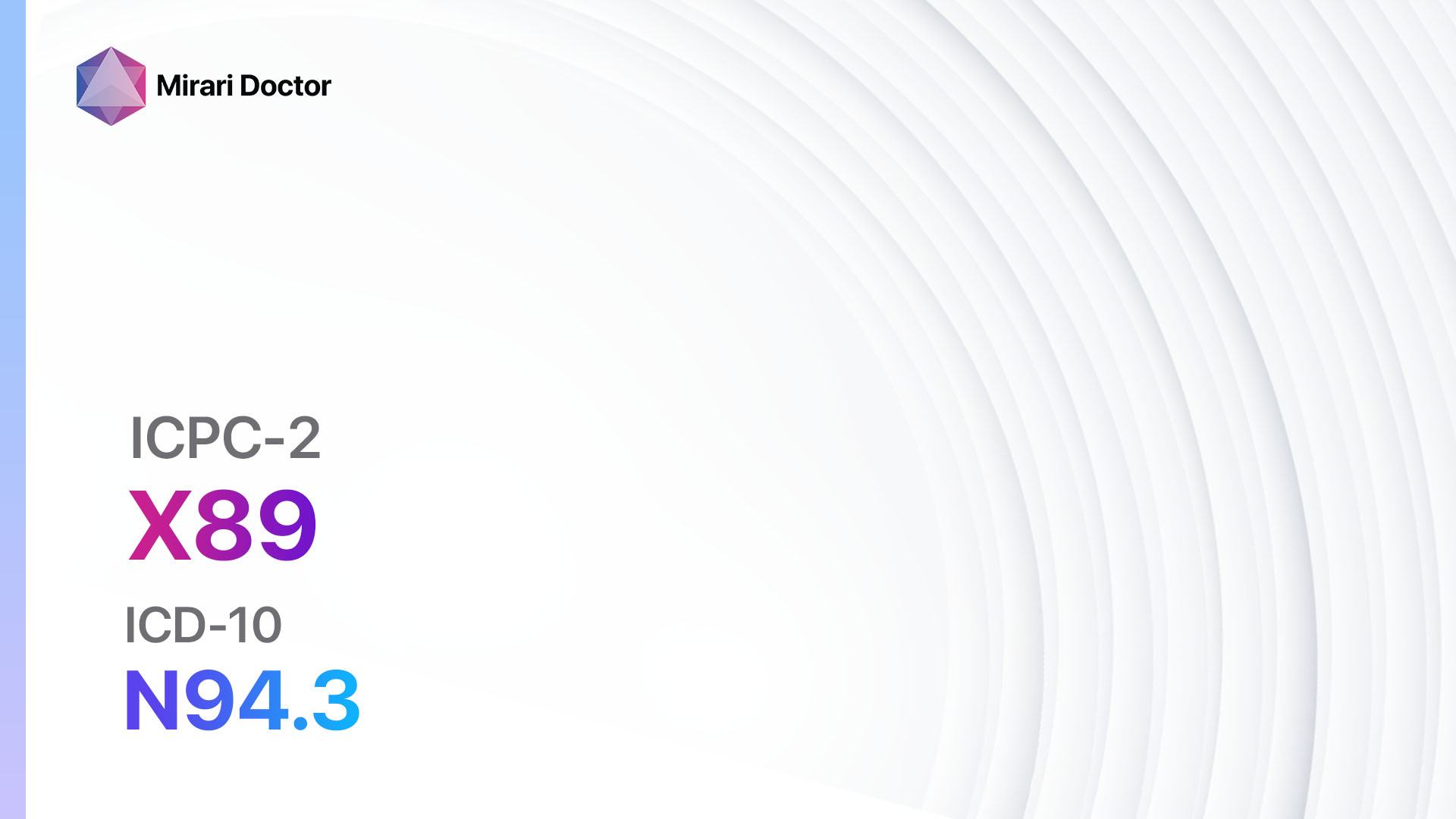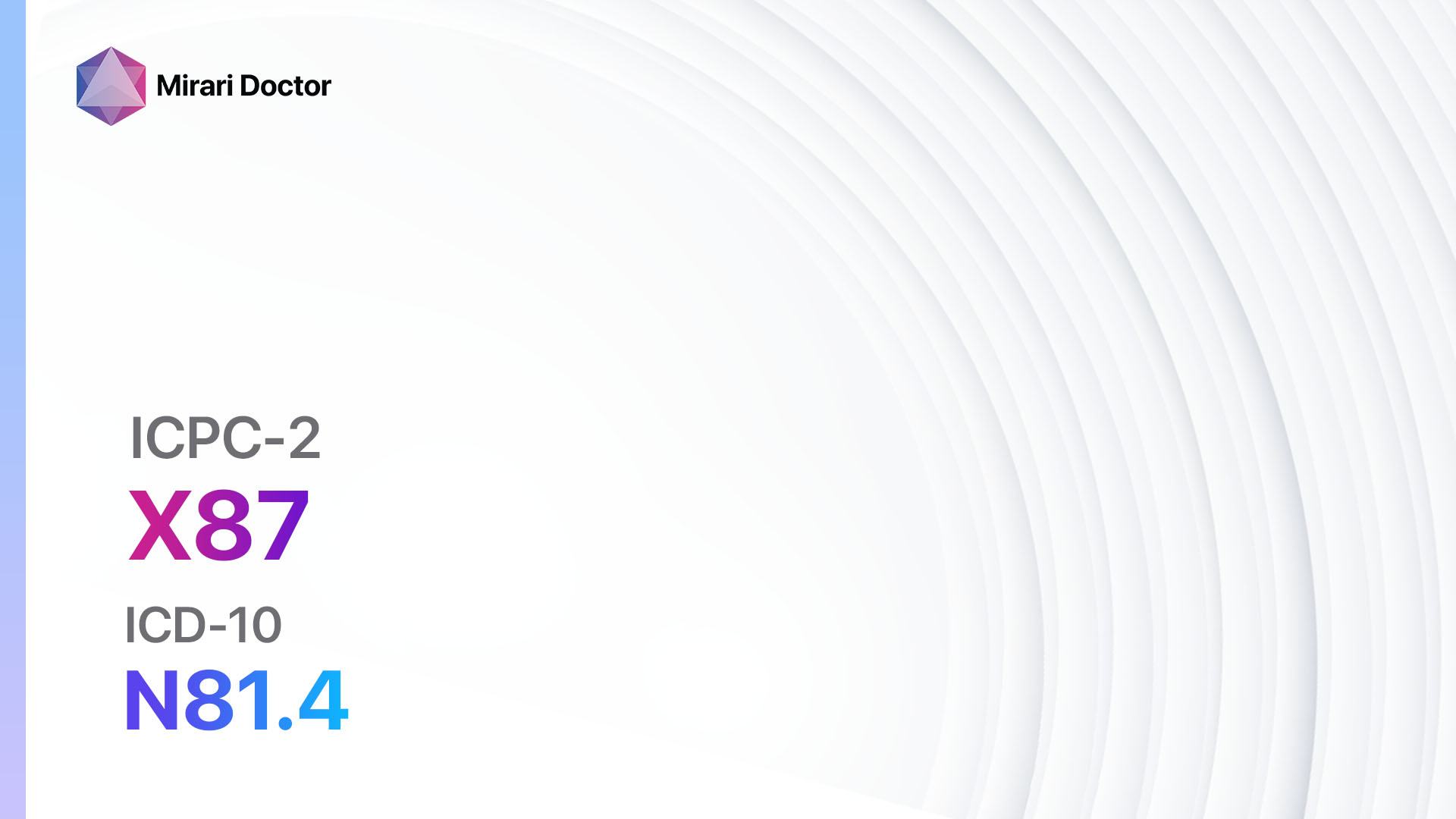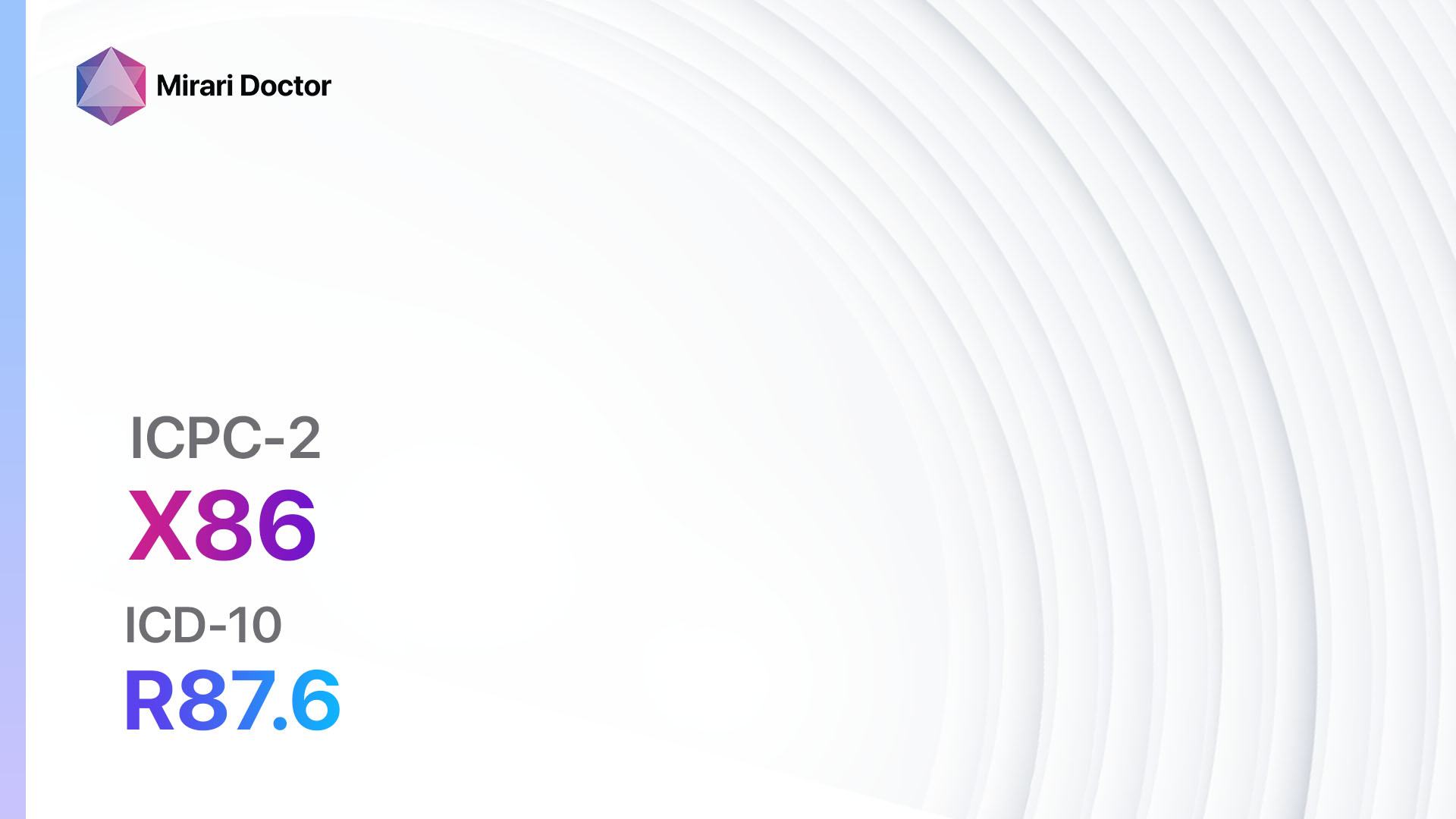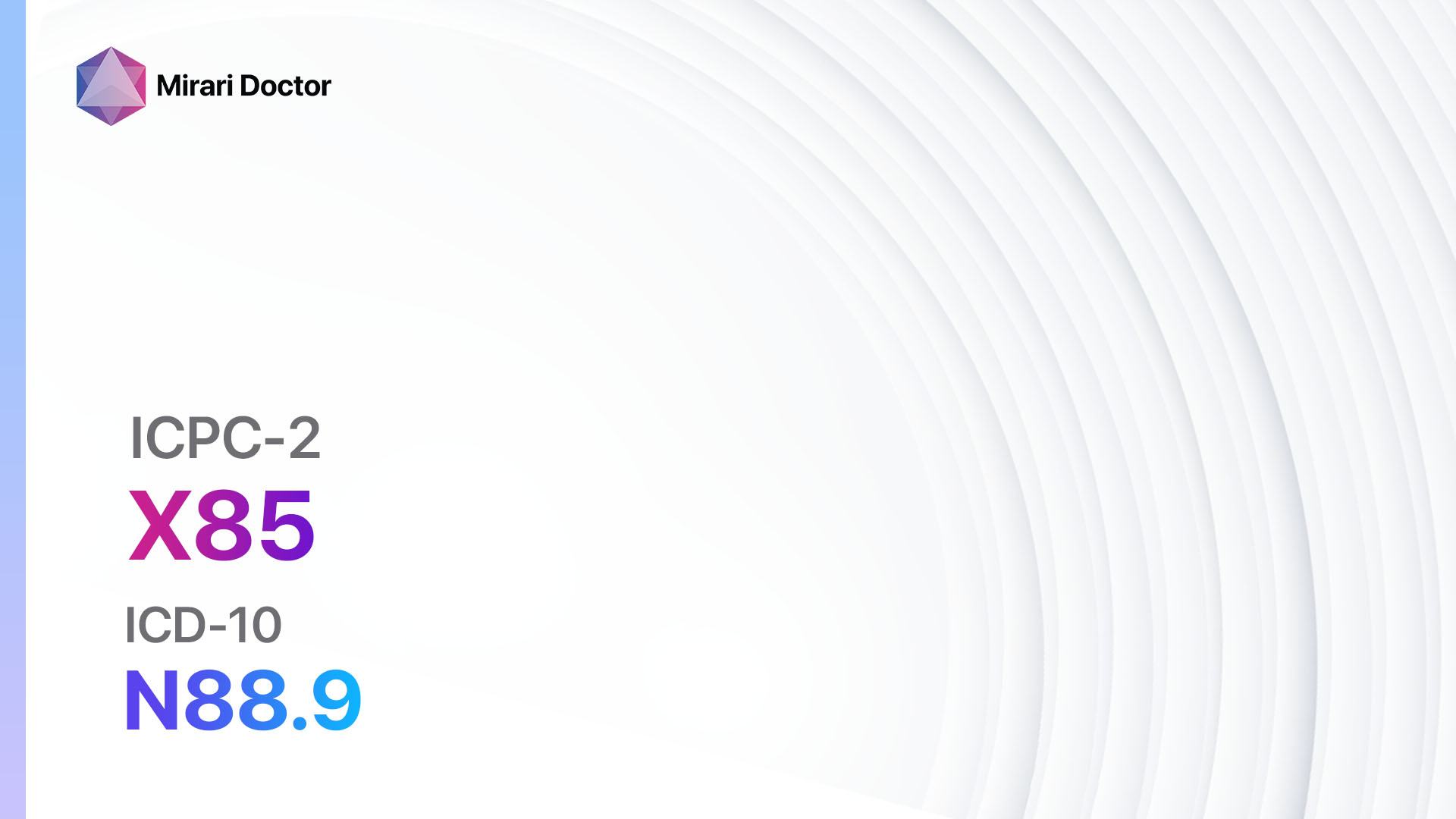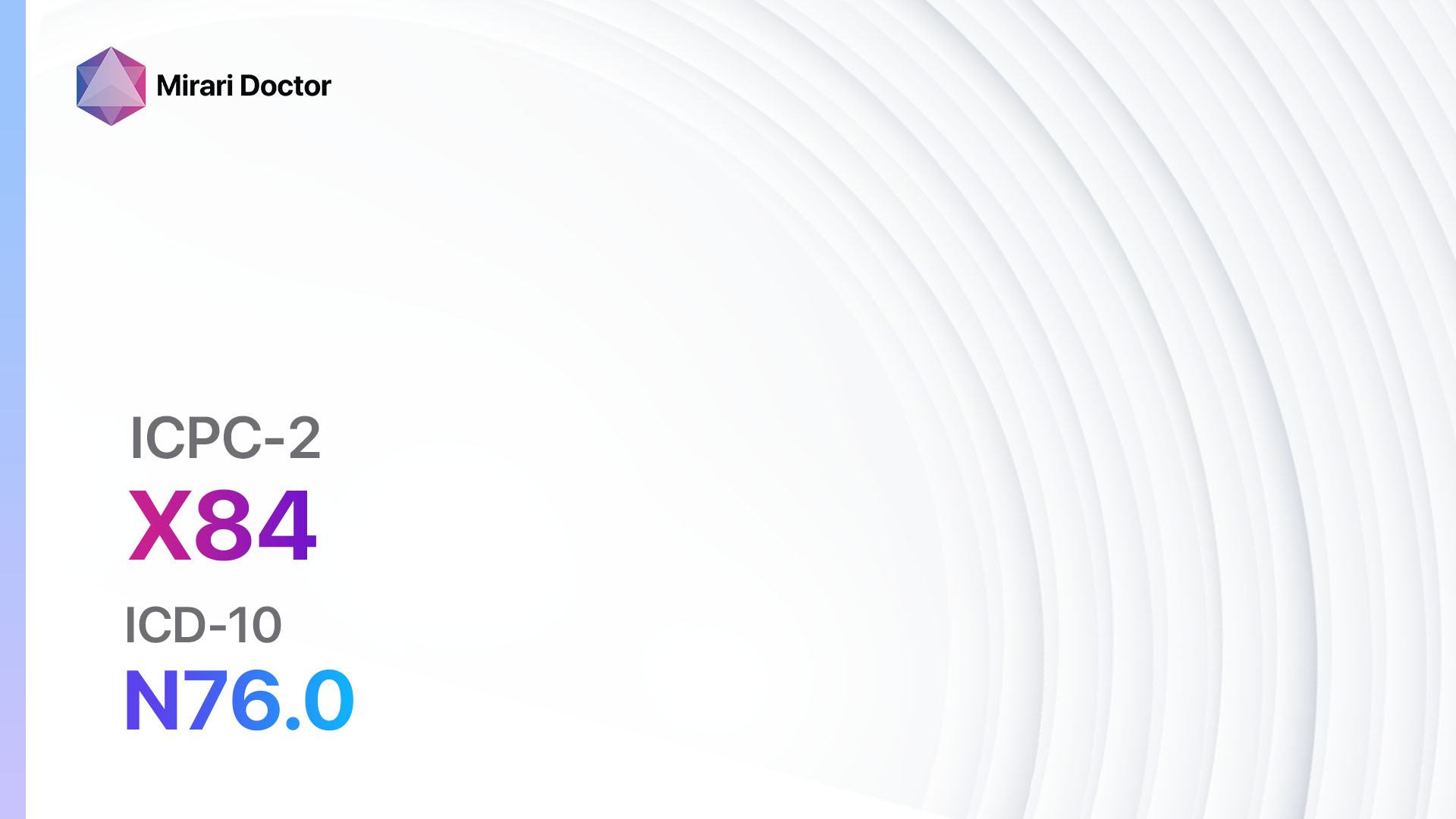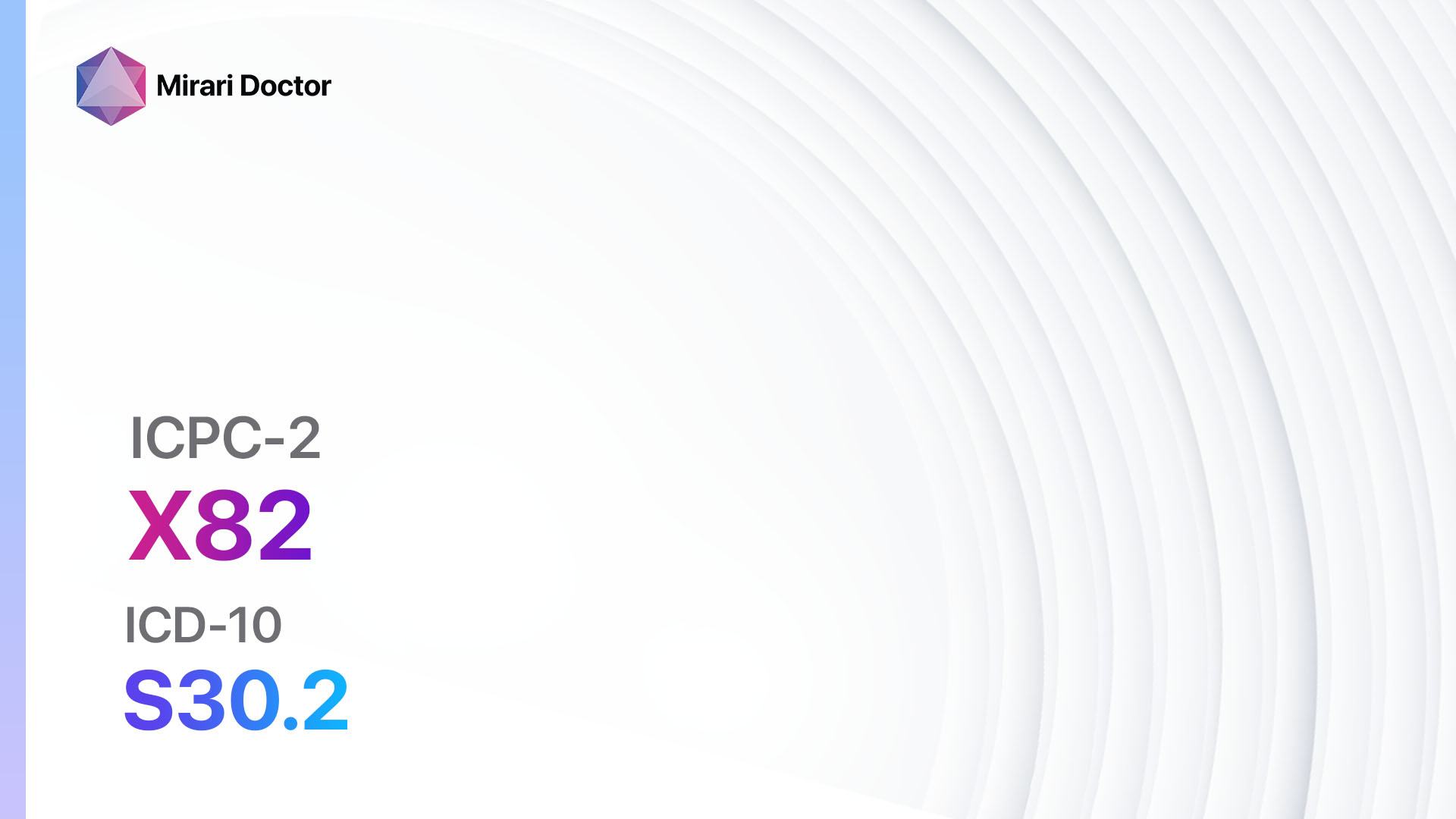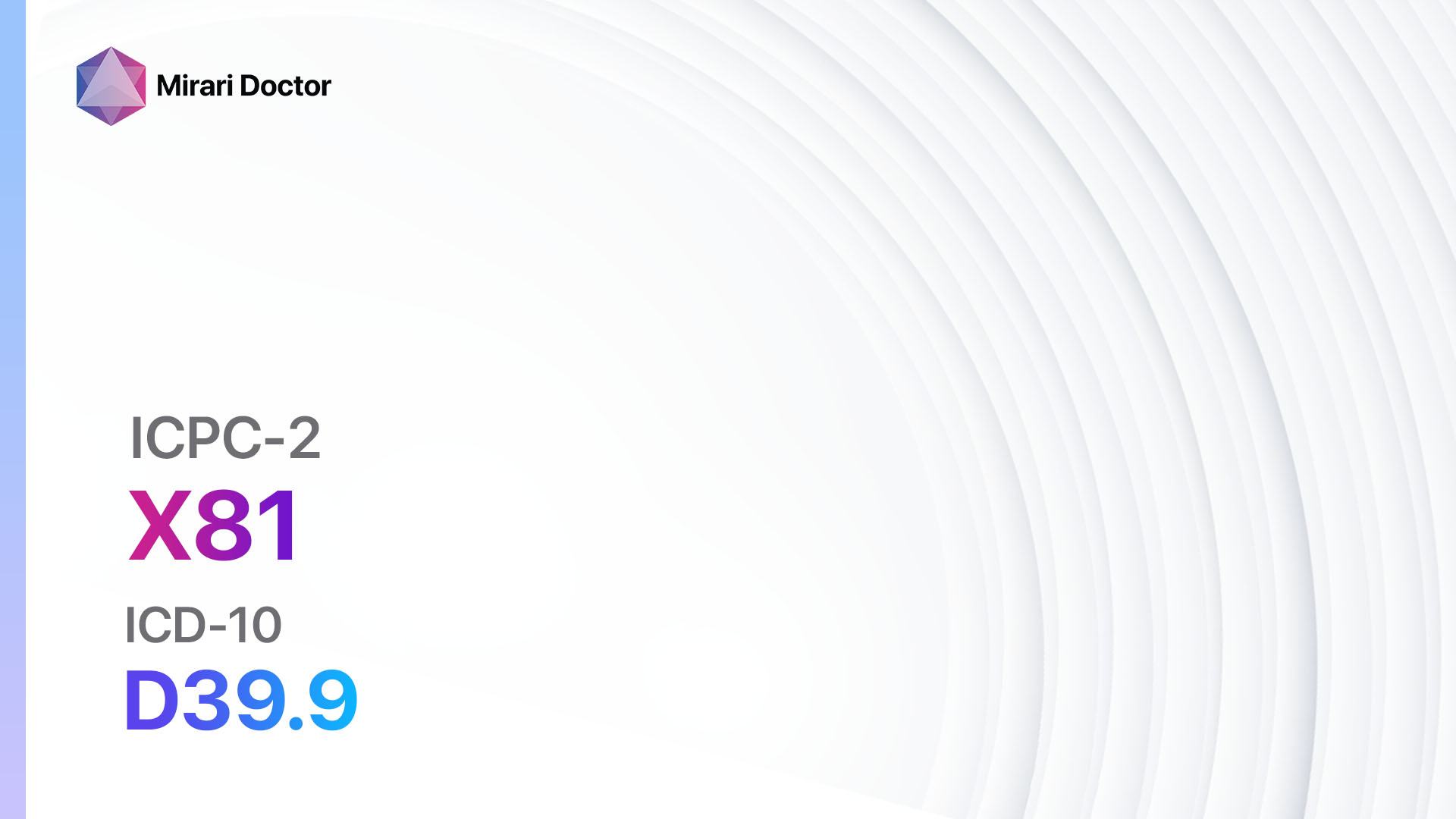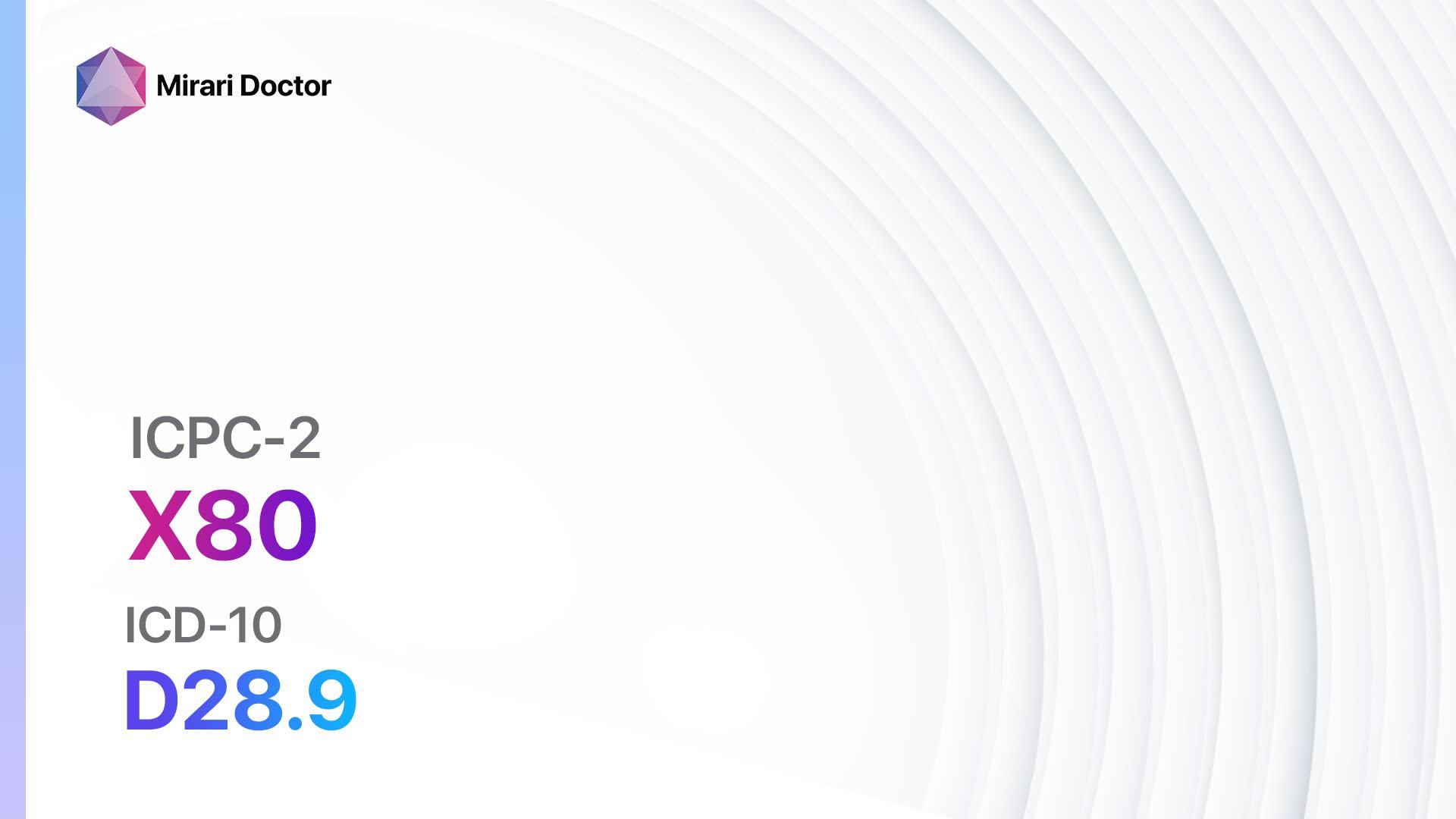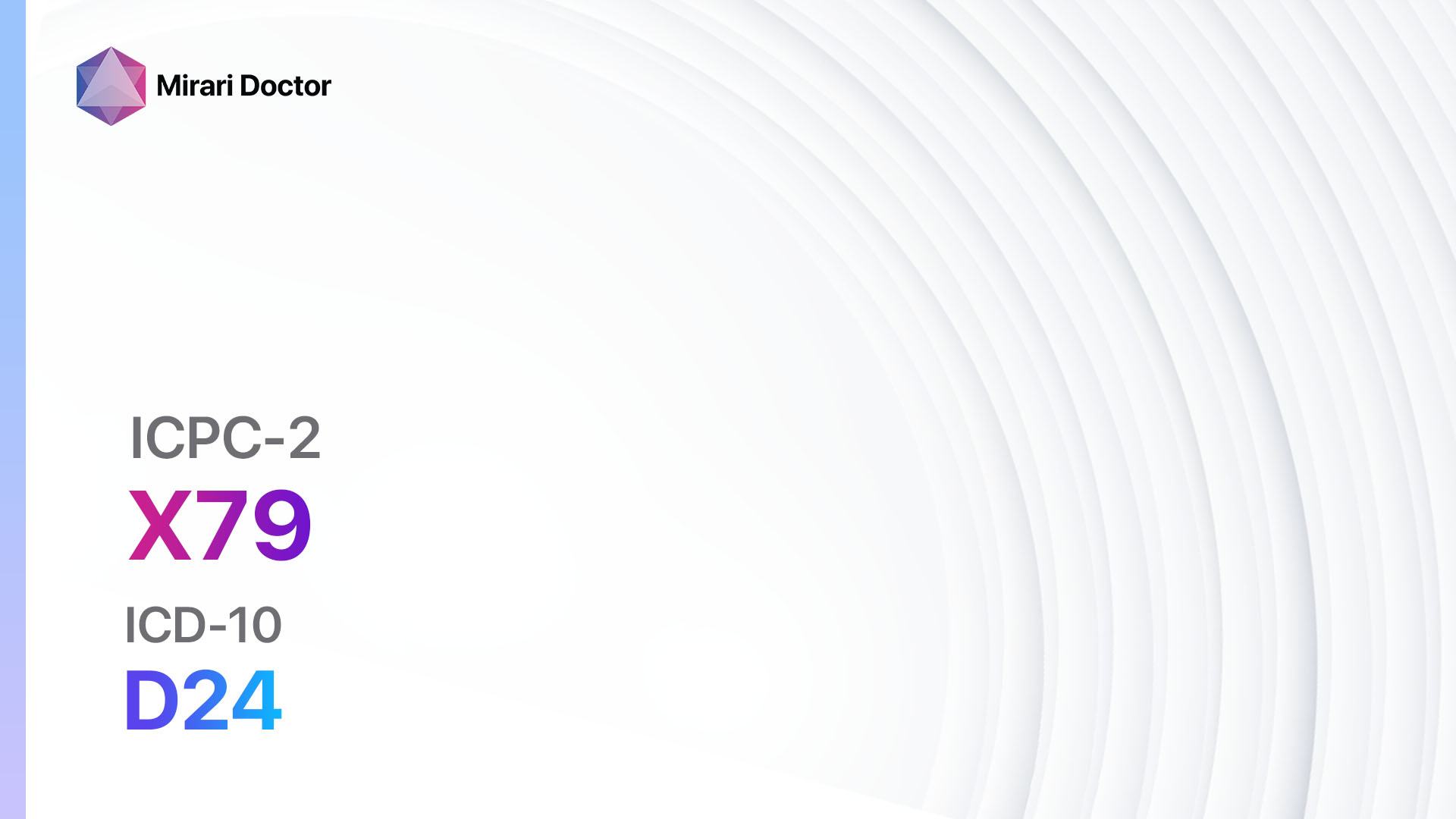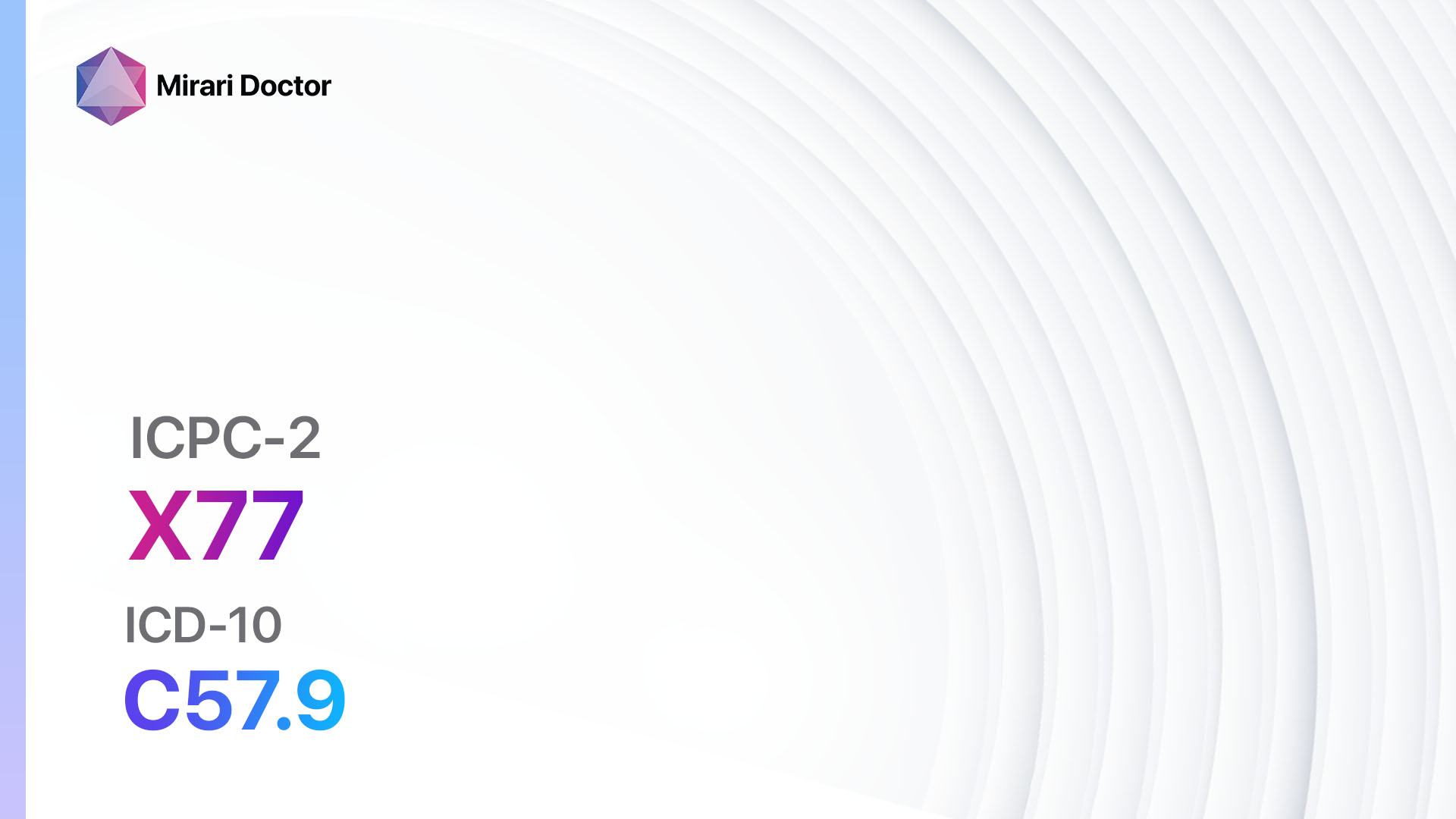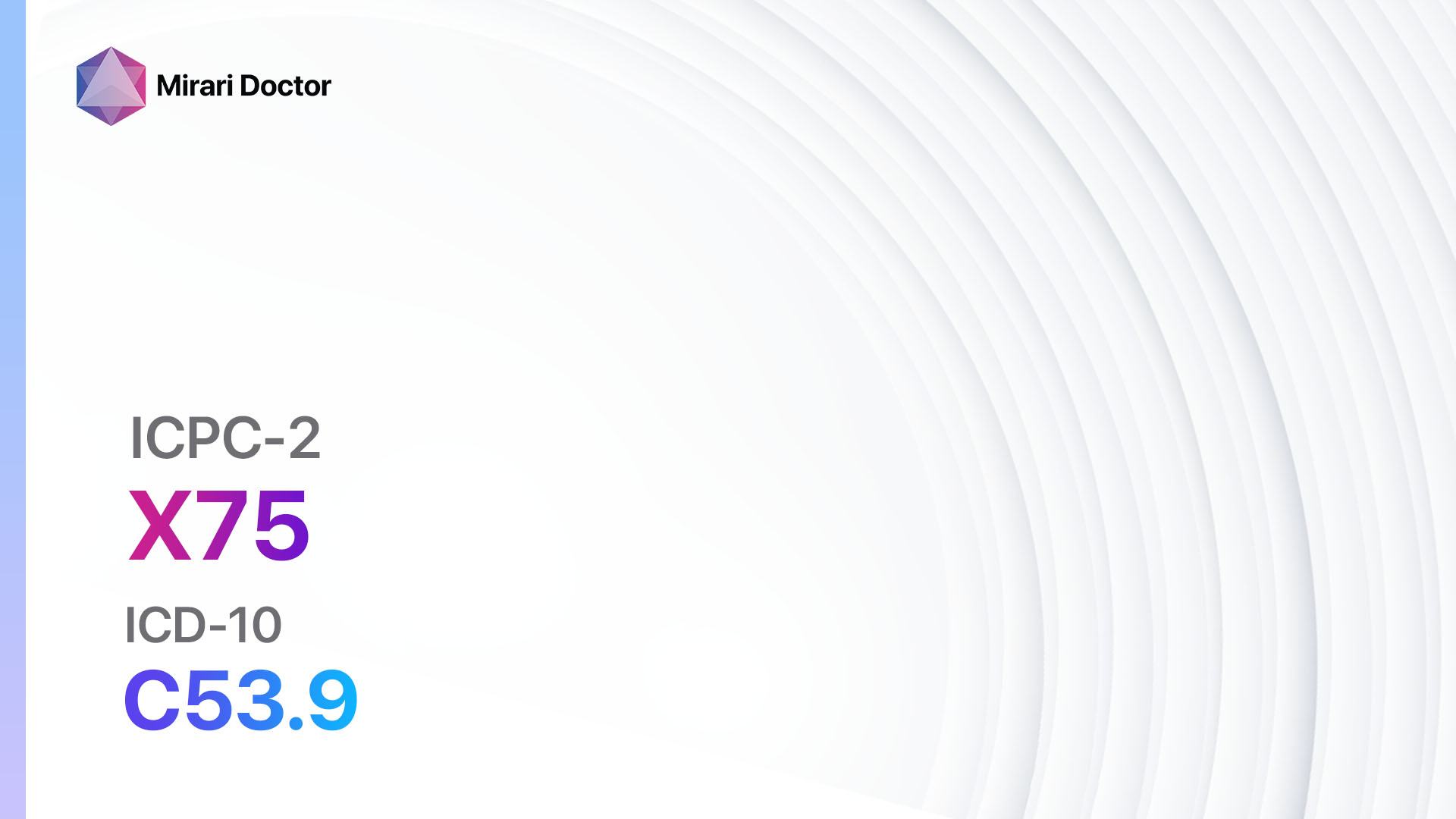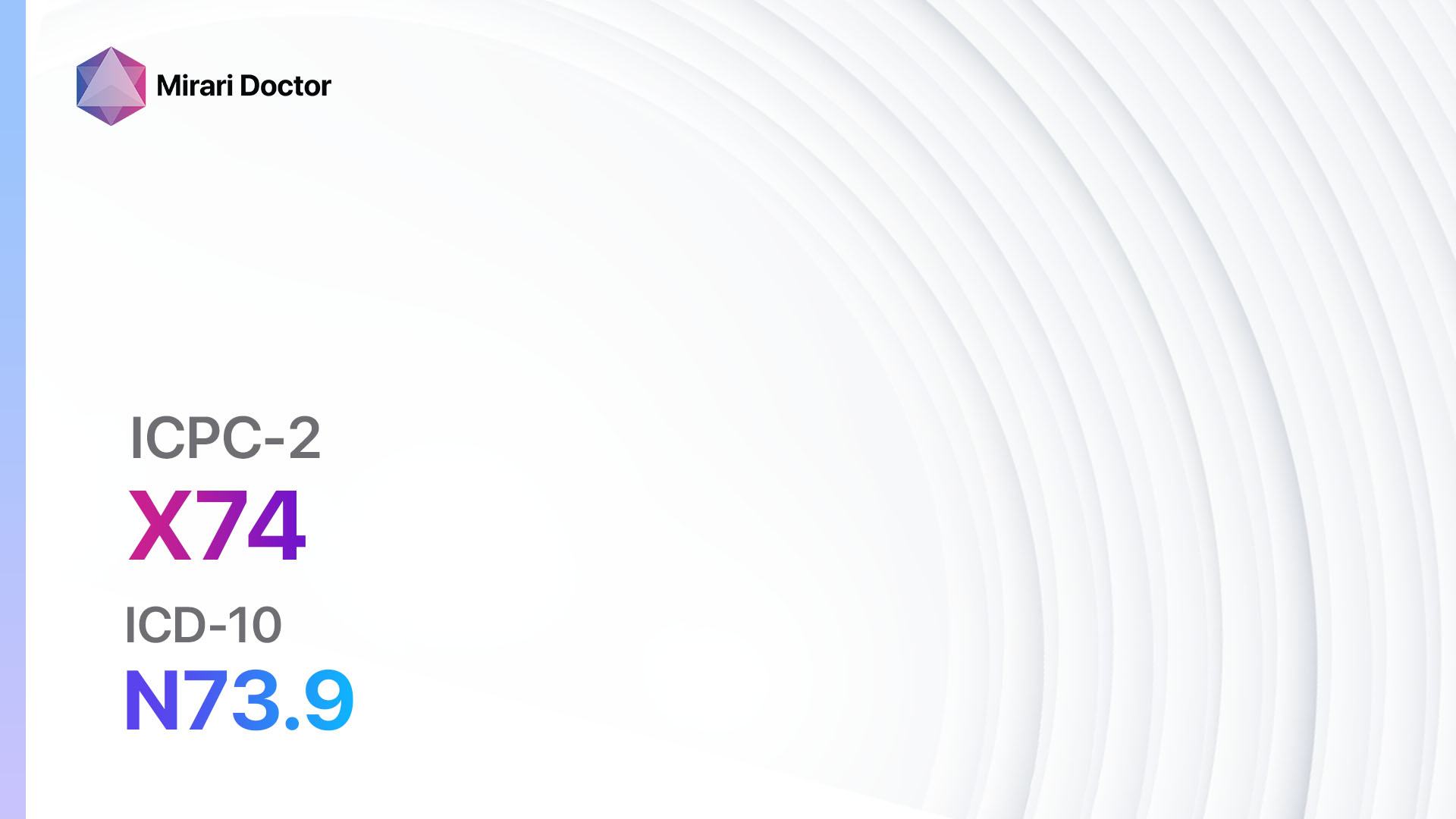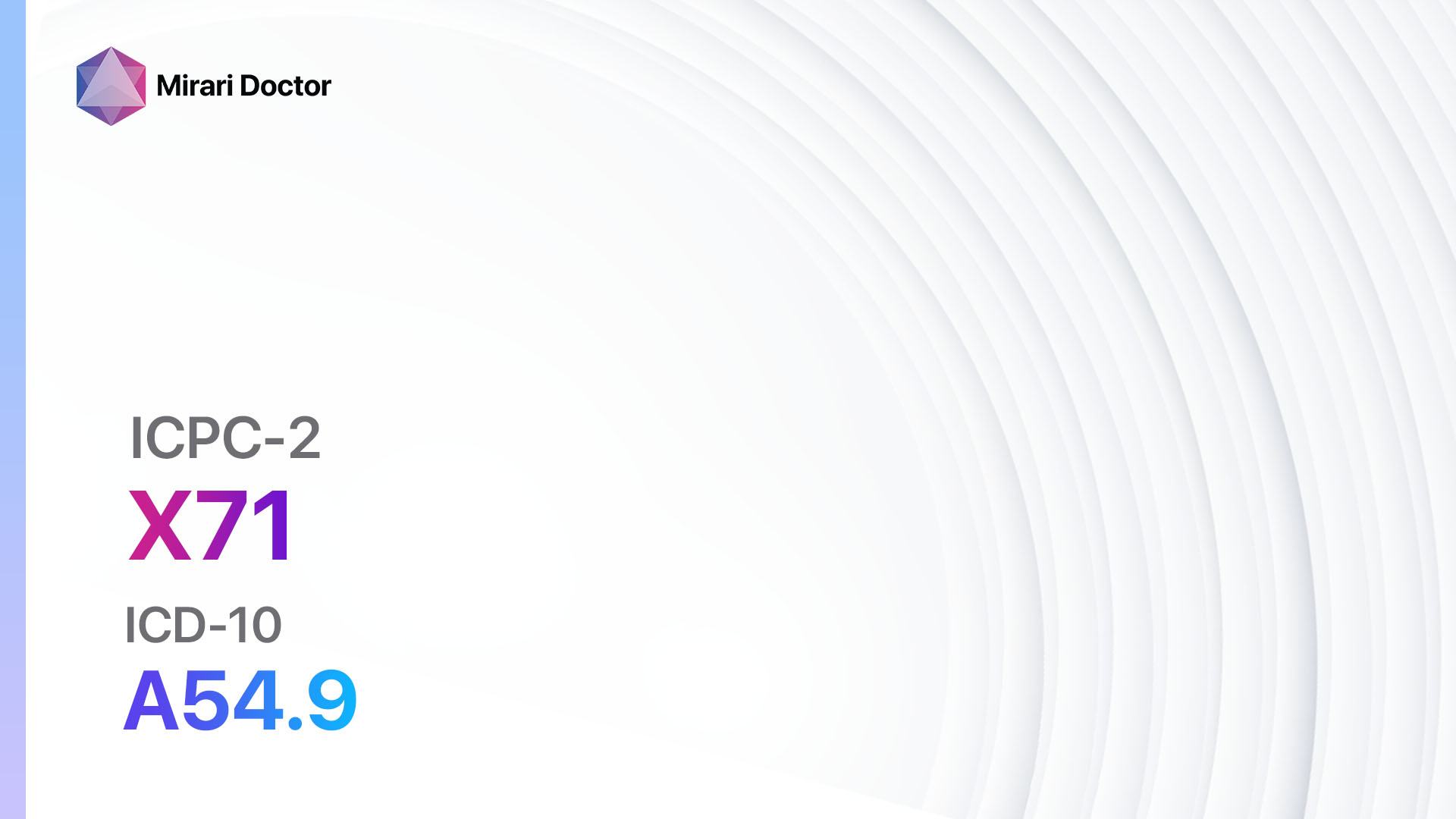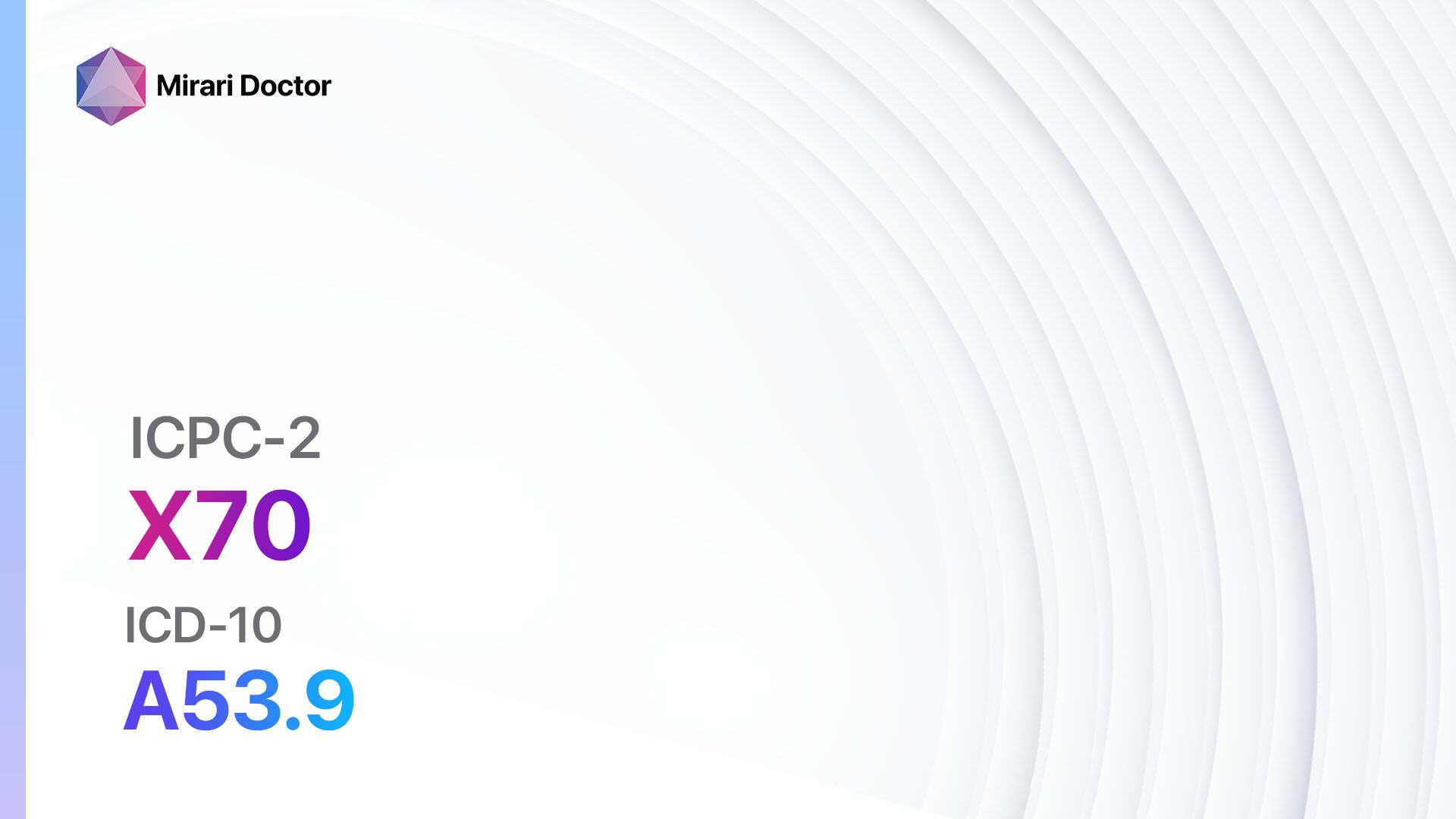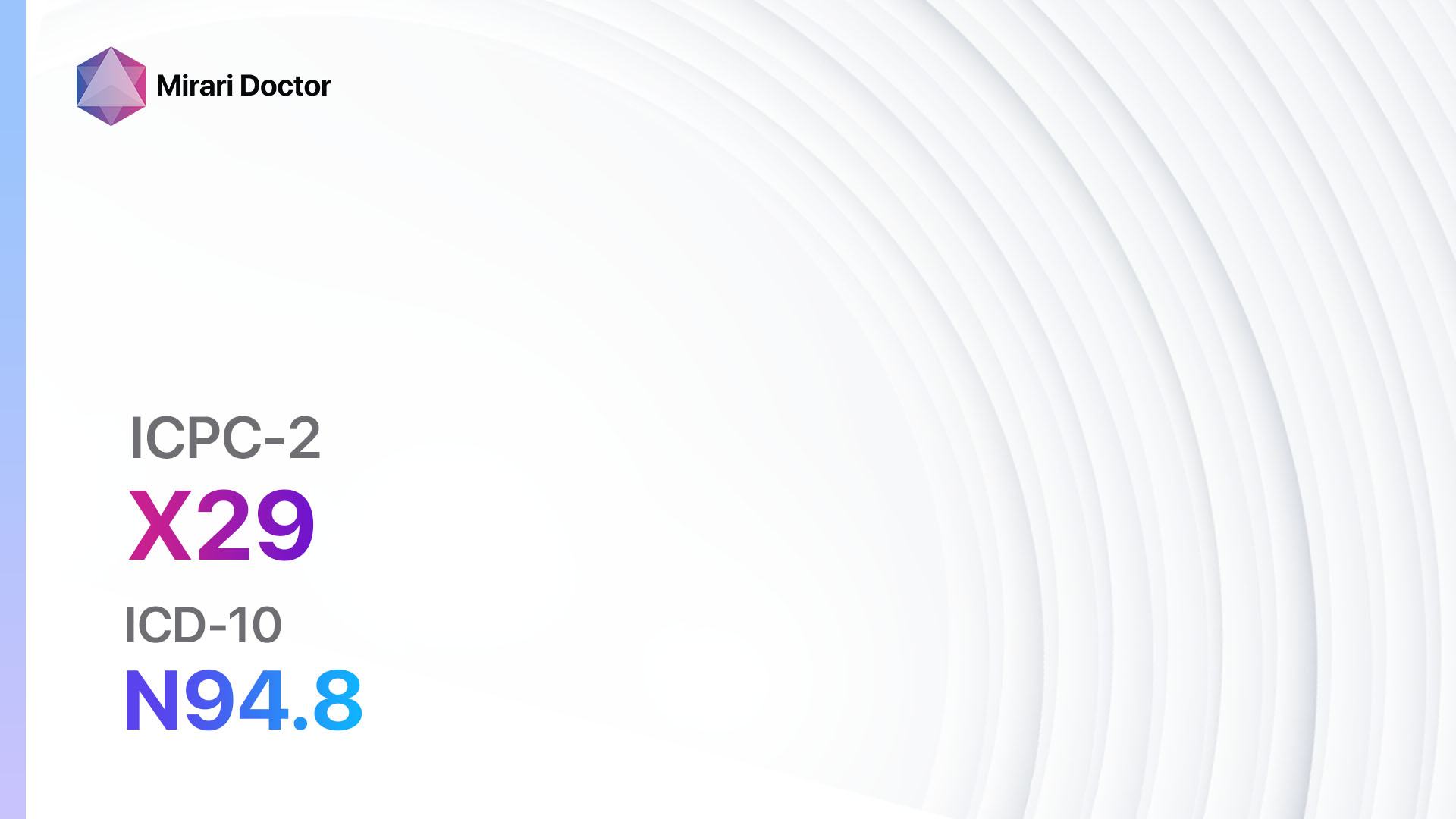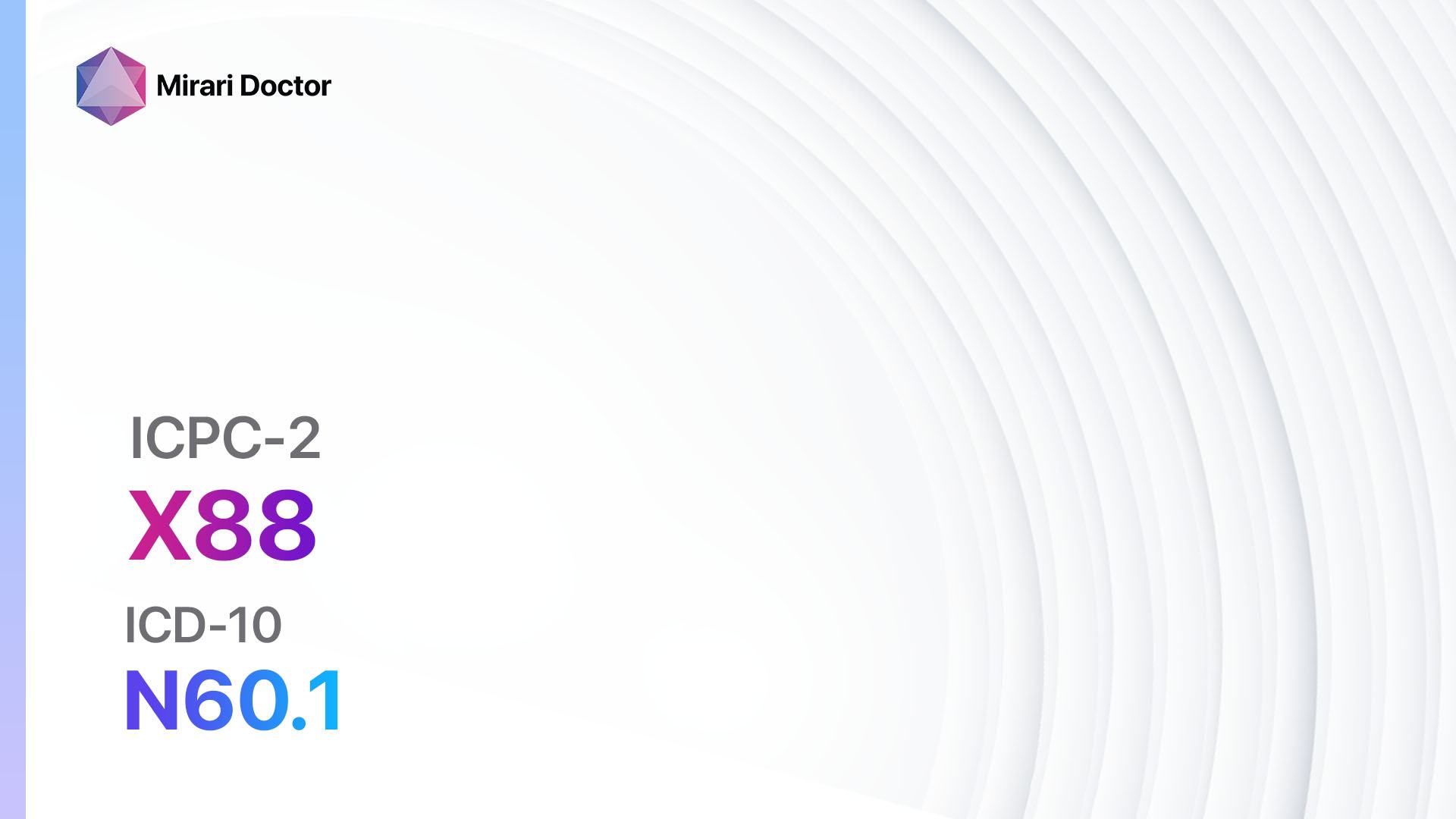
Introduction
Fibrocystic disease of the breast, also known as fibrocystic breast changes, is a common condition characterized by the development of noncancerous lumps, cysts, and fibrous tissue in the breast. It is a benign condition that affects many women and is not associated with an increased risk of breast cancer[1]. The aim of this guide is to provide healthcare professionals with a comprehensive overview of the diagnosis and management of fibrocystic disease breast.
Codes
Symptoms
- Breast pain: Many women with fibrocystic breast changes experience breast pain or discomfort, which may be cyclical and worsen before menstruation[4].
- Breast lumps: Fibrocystic breast changes can cause the development of multiple lumps or cysts in the breast tissue. These lumps are usually movable and may change in size and tenderness throughout the menstrual cycle[5].
Causes
The exact cause of fibrocystic breast changes is unknown, but hormonal fluctuations during the menstrual cycle are believed to play a role[6]. Other factors that may contribute to the development of fibrocystic breast changes include:
- Hormonal imbalances
- Genetics
- Age (more common in women between the ages of 20 and 50)
- Hormone replacement therapy
- Caffeine consumption[7]
Diagnostic Steps
Medical History
- Obtain a detailed medical history, including information about the patient’s symptoms, menstrual cycle, and any previous breast conditions or surgeries.
- Inquire about any family history of breast cancer or other breast conditions.
- Ask about any medications or hormonal therapies the patient is currently taking[8].
Physical Examination
- Perform a thorough physical examination of the breasts, including inspection and palpation.
- Look for any changes in breast size, shape, or skin texture.
- Palpate the breasts to identify any lumps, cysts, or areas of tenderness.
- Assess the axillary lymph nodes for any enlargement or tenderness[9].
Laboratory Tests
- No specific laboratory tests are required for the diagnosis of fibrocystic breast changes.
- However, if there is a suspicion of an infection or other underlying condition, a complete blood count (CBC) and breast fluid analysis may be performed[10].
Diagnostic Imaging
- Mammography: Mammography is the primary imaging modality used to evaluate breast abnormalities. It can help identify any suspicious masses or calcifications.
- Ultrasound: Ultrasound may be used in addition to mammography to further evaluate breast lumps or cysts. It can help differentiate between solid and fluid-filled masses.
- Magnetic Resonance Imaging (MRI): MRI may be recommended in certain cases to provide a more detailed evaluation of breast tissue.
Other Tests
- Fine-needle aspiration (FNA): If a breast lump or cyst is identified, FNA may be performed to collect a sample of cells or fluid for further analysis. This can help determine if the lump is benign or requires further evaluation.
- Biopsy: In some cases, a biopsy may be recommended to definitively diagnose fibrocystic breast changes or rule out other breast conditions.
Follow-up and Patient Education
- Schedule regular follow-up appointments to monitor any changes in symptoms or breast abnormalities.
- Educate the patient about breast self-examination and encourage regular self-checks.
- Provide information about lifestyle modifications and interventions that may help alleviate symptoms.
Possible Interventions
Traditional Interventions
Medications:
Top 5 drugs for Fibrocystic disease breast:
- Nonsteroidal anti-inflammatory drugs (NSAIDs) (e.g., Ibuprofen, Naproxen):
- Cost: Generic versions can be $3-$20/month.
- Contraindications: Active peptic ulcer disease, history of gastrointestinal bleeding.
- Side effects: Upset stomach, heartburn.
- Severe side effects: Gastrointestinal bleeding, kidney problems.
- Drug interactions: Anticoagulants, other NSAIDs.
- Warning: Prolonged use may increase the risk of cardiovascular events.
- Oral contraceptives (e.g., Ethinyl estradiol and norethindrone):
- Cost: Generic versions can be $10-$50/month.
- Contraindications: History of blood clots, certain types of cancer.
- Side effects: Nausea, breast tenderness.
- Severe side effects: Blood clots, stroke.
- Drug interactions: Antibiotics, anticonvulsants.
- Warning: Increased risk of cardiovascular events in smokers.
- Danazol:
- Cost: $100-$500/month.
- Contraindications: Pregnancy, liver disease.
- Side effects: Weight gain, acne.
- Severe side effects: Liver problems, masculinization.
- Drug interactions: Anticoagulants, cyclosporine.
- Warning: Regular liver function tests required.
- Tamoxifen:
- Cost: $50-$200/month.
- Contraindications: History of blood clots, endometrial cancer.
- Side effects: Hot flashes, vaginal discharge.
- Severe side effects: Blood clots, uterine cancer.
- Drug interactions: Anticoagulants, SSRIs.
- Warning: Increased risk of endometrial cancer.
- Bromocriptine:
- Cost: $50-$200/month.
- Contraindications: Uncontrolled hypertension, history of psychiatric disorders.
- Side effects: Nausea, dizziness.
- Severe side effects: Hallucinations, heart valve problems.
- Drug interactions: Antipsychotics, antidepressants.
- Warning: Regular blood pressure monitoring required.
Alternative Drugs:
- Evening primrose oil: Some studies suggest that evening primrose oil may help reduce breast pain associated with fibrocystic breast changes. Cost: $10-$30/month.
- Vitamin E: Vitamin E supplements may also be beneficial in reducing breast pain. Cost: $5-$20/month.
- Dietary modifications: Encourage the patient to reduce caffeine and salt intake, as these may exacerbate symptoms. Cost: Varies.
Surgical Procedures:
- Surgical intervention is generally not required for fibrocystic breast changes. However, if a suspicious lump is identified during the diagnostic process, a biopsy or surgical excision may be necessary to rule out breast cancer.
Alternative Interventions
- Acupuncture: May help alleviate breast pain and improve overall well-being. Cost: $60-$120 per session.
- Herbal supplements: Some herbal supplements, such as chasteberry and black cohosh, may have potential benefits for reducing breast pain and hormonal imbalances. Cost: Varies depending on the specific supplement.
- Dietary modifications: Encourage the patient to consume a well-balanced diet rich in fruits, vegetables, and whole grains. Cost: Varies.
- Stress reduction techniques: Stress reduction techniques, such as yoga or meditation, may help alleviate symptoms. Cost: Varies.
- Supportive bras: Recommend the use of supportive bras to reduce breast discomfort. Cost: Varies.
Lifestyle Interventions
- Avoid caffeine: Caffeine consumption has been associated with increased breast pain and tenderness. Encourage the patient to limit or avoid caffeine intake.
- Reduce salt intake: Excess salt can contribute to fluid retention and breast swelling. Advise the patient to reduce their salt intake.
- Apply heat or cold packs: Heat or cold packs applied to the breasts may help alleviate pain and discomfort.
- Regular exercise: Regular exercise can help reduce breast pain and improve overall well-being. Encourage the patient to engage in moderate exercise for at least 30 minutes a day.
- Stress management: Stress can exacerbate symptoms of fibrocystic breast changes. Recommend stress management techniques, such as deep breathing exercises or mindfulness meditation.
It is important to note that the cost ranges provided are approximate and may vary depending on the location and availability of the interventions.
Mirari Cold Plasma Alternative Intervention
Understanding Mirari Cold Plasma
- Safe and Non-Invasive Treatment: Mirari Cold Plasma is a safe and non-invasive treatment option for various skin conditions. It does not require incisions, minimizing the risk of scarring, bleeding, or tissue damage.
- Efficient Extraction of Foreign Bodies: Mirari Cold Plasma facilitates the removal of foreign bodies from the skin by degrading and dissociating organic matter, allowing easier access and extraction.
- Pain Reduction and Comfort: Mirari Cold Plasma has a local analgesic effect, providing pain relief during the treatment, making it more comfortable for the patient.
- Reduced Risk of Infection: Mirari Cold Plasma has antimicrobial properties, effectively killing bacteria and reducing the risk of infection.
- Accelerated Healing and Minimal Scarring: Mirari Cold Plasma stimulates wound healing and tissue regeneration, reducing healing time and minimizing the formation of scars.
Mirari Cold Plasma Prescription
Video instructions for using Mirari Cold Plasma Device – X88 Fibrocystic disease breast (ICD-10:N60.1)
| Mild | Moderate | Severe |
| Mode setting: 1 (Infection) Location: 0 (Localized) Morning: 15 minutes, Evening: 15 minutes |
Mode setting: 1 (Infection) Location: 0 (Localized) Morning: 30 minutes, Lunch: 30 minutes, Evening: 30 minutes |
Mode setting: 1 (Infection) Location: 0 (Localized) Morning: 30 minutes, Lunch: 30 minutes, Evening: 30 minutes |
| Mode setting: 2 (Wound Healing) Location: 0 (Localized) Morning: 15 minutes, Evening: 15 minutes |
Mode setting: 2 (Wound Healing) Location: 0 (Localized) Morning: 30 minutes, Lunch: 30 minutes, Evening: 30 minutes |
Mode setting: 2 (Wound Healing) Location: 0 (Localized) Morning: 30 minutes, Lunch: 30 minutes, Evening: 30 minutes |
| Mode setting: 3 (Antiviral Therapy) Location: 0 (Localized) Morning: 15 minutes, Evening: 15 minutes |
Mode setting: 3 (Antiviral Therapy) Location: 0 (Localized) Morning: 30 minutes, Lunch: 30 minutes, Evening: 30 minutes |
Mode setting: 3 (Antiviral Therapy) Location: 0 (Localized) Morning: 30 minutes, Lunch: 30 minutes, Evening: 30 minutes |
| Mode setting: 7 (Immunotherapy) Location: 1 (Sacrum) Morning: 15 minutes, Evening: 15 minutes |
Mode setting: 7 (Immunotherapy) Location: 1 (Sacrum) Morning: 30 minutes, Lunch: 30 minutes, Evening: 30 minutes |
Mode setting: 7 (Immunotherapy) Location: 1 (Sacrum) Morning: 30 minutes, Lunch: 30 minutes, Evening: 30 minutes |
| Total Morning: 60 minutes approx. $10 USD, Evening: 60 minutes approx. $10 USD |
Total Morning: 120 minutes approx. $20 USD, Lunch: 120 minutes approx. $20 USD, Evening: 120 minutes approx. $20 USD, |
Total Morning: 120 minutes approx. $20 USD, Lunch: 120 minutes approx. $20 USD, Evening: 120 minutes approx. $20 USD, |
| Usual treatment for 7-60 days approx. $140 USD – $1200 USD | Usual treatment for 6-8 weeks approx. $2,520 USD – $3,360 USD |
Usual treatment for 3-6 months approx. $5,400 USD – $10,800 USD
|
 |
|
Use the Mirari Cold Plasma device to treat Fibrocystic disease breast effectively.
WARNING: MIRARI COLD PLASMA IS DESIGNED FOR THE HUMAN BODY WITHOUT ANY ARTIFICIAL OR THIRD PARTY PRODUCTS. USE OF OTHER PRODUCTS IN COMBINATION WITH MIRARI COLD PLASMA MAY CAUSE UNPREDICTABLE EFFECTS, HARM OR INJURY. PLEASE CONSULT A MEDICAL PROFESSIONAL BEFORE COMBINING ANY OTHER PRODUCTS WITH USE OF MIRARI.
Step 1: Cleanse the Skin
- Start by cleaning the affected area of the skin with a gentle cleanser or mild soap and water. Gently pat the area dry with a clean towel.
Step 2: Prepare the Mirari Cold Plasma device
- Ensure that the Mirari Cold Plasma device is fully charged or has fresh batteries as per the manufacturer’s instructions. Make sure the device is clean and in good working condition.
- Switch on the Mirari device using the power button or by following the specific instructions provided with the device.
- Some Mirari devices may have adjustable settings for intensity or treatment duration. Follow the manufacturer’s instructions to select the appropriate settings based on your needs and the recommended guidelines.
Step 3: Apply the Device
- Place the Mirari device in direct contact with the affected area of the skin. Gently glide or hold the device over the skin surface, ensuring even coverage of the area experiencing.
- Slowly move the Mirari device in a circular motion or follow a specific pattern as indicated in the user manual. This helps ensure thorough treatment coverage.
Step 4: Monitor and Assess:
- Keep track of your progress and evaluate the effectiveness of the Mirari device in managing your Fibrocystic disease breast. If you have any concerns or notice any adverse reactions, consult with your health care professional.
Note
This guide is for informational purposes only and should not replace the advice of a medical professional. Always consult with your healthcare provider or a qualified medical professional for personal advice, diagnosis, or treatment. Do not solely rely on the information presented here for decisions about your health. Use of this information is at your own risk. The authors of this guide, nor any associated entities or platforms, are not responsible for any potential adverse effects or outcomes based on the content.
Mirari Cold Plasma System Disclaimer
- Purpose: The Mirari Cold Plasma System is a Class 2 medical device designed for use by trained healthcare professionals. It is registered for use in Thailand and Vietnam. It is not intended for use outside of these locations.
- Informational Use: The content and information provided with the device are for educational and informational purposes only. They are not a substitute for professional medical advice or care.
- Variable Outcomes: While the device is approved for specific uses, individual outcomes can differ. We do not assert or guarantee specific medical outcomes.
- Consultation: Prior to utilizing the device or making decisions based on its content, it is essential to consult with a Certified Mirari Tele-Therapist and your medical healthcare provider regarding specific protocols.
- Liability: By using this device, users are acknowledging and accepting all potential risks. Neither the manufacturer nor the distributor will be held accountable for any adverse reactions, injuries, or damages stemming from its use.
- Geographical Availability: This device has received approval for designated purposes by the Thai and Vietnam FDA. As of now, outside of Thailand and Vietnam, the Mirari Cold Plasma System is not available for purchase or use.
References
- Mayo Clinic. Fibrocystic breasts. https://www.mayoclinic.org/diseases-conditions/fibrocystic-breasts/symptoms-causes/syc-20350438
- World Health Organization. International Classification of Primary Care, Second edition (ICPC-2). https://www.who.int/standards/classifications/other-classifications/international-classification-of-primary-care
- World Health Organization. International Statistical Classification of Diseases and Related Health Problems 10th Revision (ICD-10). https://icd.who.int/browse10/2019/en#/N60.1
- American Cancer Society. Fibrocystic Changes in the Breast. https://www.cancer.org/cancer/breast-cancer/non-cancerous-breast-conditions/fibrocystic-changes-in-the-breast.html
- Cleveland Clinic. Fibrocystic Breasts. https://my.clevelandclinic.org/health/diseases/16568-fibrocystic-breasts
- National Cancer Institute. Fibrocystic Breast Changes. https://www.cancer.gov/types/breast/patient/breast-changes-pdq
- Johns Hopkins Medicine. Fibrocystic Breast Changes. https://www.hopkinsmedicine.org/health/conditions-and-diseases/fibrocystic-breast-changes
- American College of Obstetricians and Gynecologists. Benign Breast Problems and Conditions. https://www.acog.org/womens-health/faqs/benign-breast-problems-and-conditions
- UpToDate. Clinical manifestations and diagnosis of fibrocystic changes of the breast. https://www.uptodate.com/contents/clinical-manifestations-and-diagnosis-of-fibrocystic-changes-of-the-breast
- Breastcancer.org. Fibrocystic Breast Changes. https://www.breastcancer.org/symptoms/benign/fibrocystic-changes
Related articles
Made in USA



